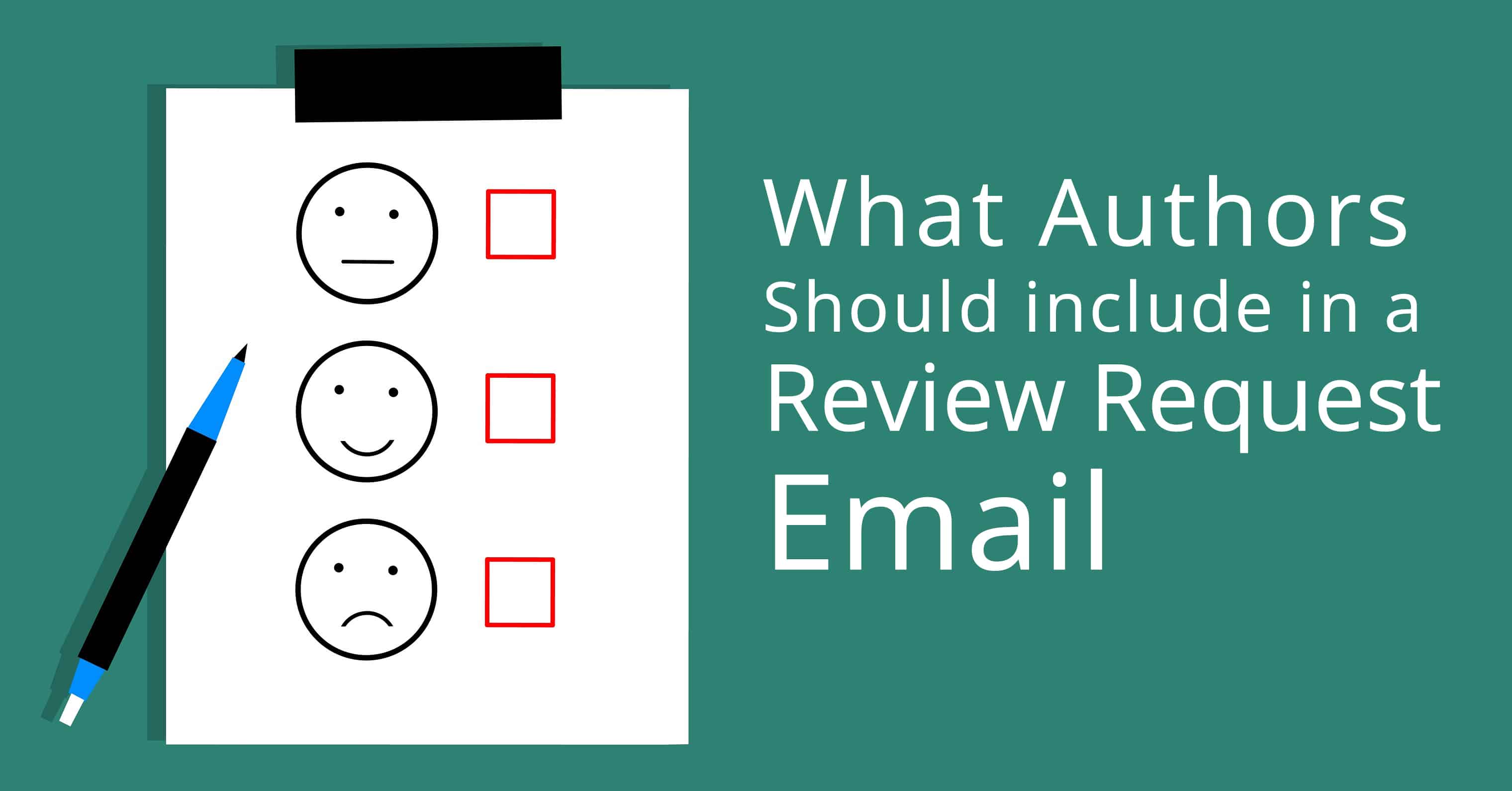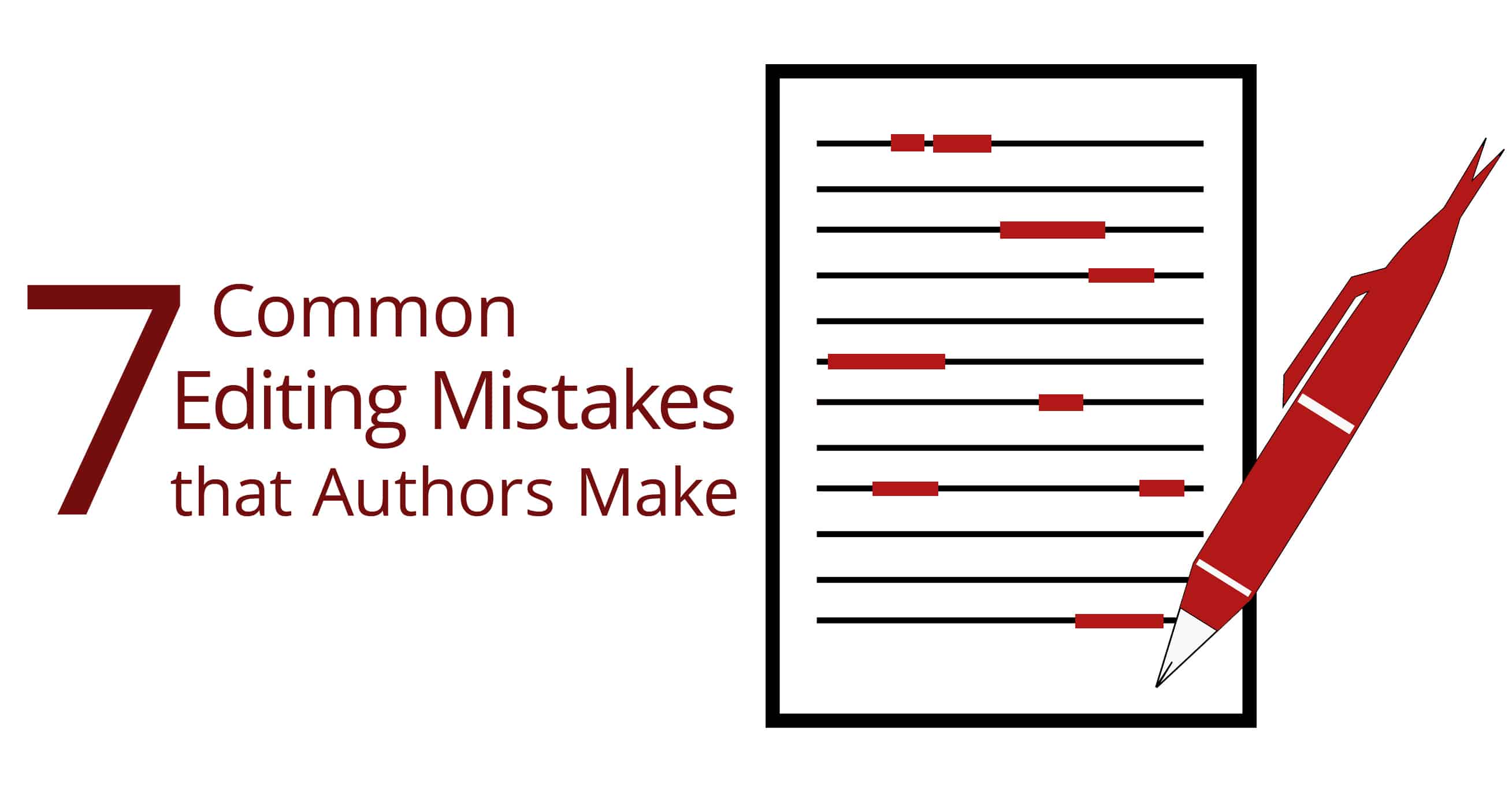
Outlining a book can sometimes be like pulling out teeth—your own teeth. But with an outline, you can easily get your book started, identify plot holes, cut out fluff, and reduce writer’s block. Even writers who prefer to write on the fly may need to outline a book. For instance, most publishers will want to see an entire outline of your story from start to finish. Additionally, if you’re looking for a writing grant to assist you in writing a book, almost all grants will require a comprehensive outline.
Many experienced authors believe outlines save them time and create better stories. If you’re just starting out and aren’t sure if outlining is for you, then give it a try! You may find that it helps a great deal. If it doesn’t, then you don’t have to do it again (except for those instances where you are required to write an outline). And if you have created an outline and then are hit with a better idea for a scene while writing the book, don’t be afraid to go off script. Rarely will any author pen a book that is exactly like the initial outline, but having the book planned can go a long way toward saving time.
Types of Outlines
There are many different types of outlines, and you’ll have to determine what will work best for you.
Chapter-by-Chapter
In this type of outline, you list a working title for each chapter, and then in each of those, write what happens or what you will talk about in each chapter. This can be as detailed or as simple as you would like.
Synopsis
This is a two- or three-page paper that gives a brief overview of the plot, characters, and conflict. It includes the major beats of the story: the hook, inciting incident, major plot points, climax, and resolution.
Skeleton
A skeleton outline only shows the key plot points of the story and is simpler than the synopsis outline. Everything in between is created when you actually start writing your book.
Character-Driven
This kind of outline focuses on character development—where your characters currently are at, what causes them to change and develop, and where they’ll end up.
Outline a Book: Nonfiction and Fiction
Now that you’ve chosen your outline type, let’s go through the steps of how to outline a book for nonfiction and fiction.
Nonfiction
To begin with, build a mind map of your book. Take your topic and write it down at the center of a piece of paper. Then, from your topic, draw lines to all the words that come to you that are related to your topic
This will give you both your main topic and the chapters (roughly) that go along with it. Pick the ideas that are most book-worthy and start writing a simple book outline. A simple outline should be basic and brief—start with the title (which you can always change later), and next list all the key points that will cover your book’s overall theme and message.
Eventually move from your simple outline to a chapter-by-chapter outline. Don’t let yourself get frustrated and quit, because this is where your outline gets a little more invasive. List each chapter as a heading, and under each of those, list what each chapter covers and the subheadings (or topics) a reader might see in that chapter. Do this for every chapter.
Fiction
Start with a well-written premise. What is your story about? This premise should be specific and should answer who the protagonist is, what the situation is, what your protagonist’s objective is (what do they want), what stands in the way of them getting what they want, what misfortunes they face, and what the main conflict of the story is. Your premise should be one or two sentences long.
Next, list your prominent characters. How did each get to where they are when the story starts? What are their goals and dreams? What are their strengths and flaws? What is their history? What is their worldview? How do they think?
Next, start creating scenes. What scenes will advance your book’s premise? How will they develop your characters? How do they fit into the narrative arc (inciting incident, rising action, falling action, resolution). Brainstorm scenes that will move the plot along and write them down. You may not use them all, but just start writing.
Now it’s time to explore your setting. Where is all this action taking place? Does the setting work with the premise and the scenes you’ve been exploring?
Finally, it’s time to organize your brainstorming into the outline you chose. You may choose to use Word or Excel—Word would be used for either a story or list format and Excel could be used if you wanted a column each for characters, scene, setting, and plot.
You’ll want to write out a linear (start to finish) plan touching on plot points, scenes, and character development. You may want to include dates for each scene so you can get the timeline nailed down. Depending on how detailed your outline is, consider including a description of the setting, which characters are in the scene, what character is the POV character, and any subplots taking place in the scene.
Recheck Your Outline
Now that your outline is finished, you can use it to spot any plot holes, whether you’re writing nonfiction or fiction.
For nonfiction, is there a subject you’re not covering that you should be covering? Would it make sense to reorganize some of the subjects? Are you covering something that isn’t really pertinent to the main subject?
For fiction, do two scenes need a bridge between them? Is an idea in one scene left hanging and never brought up again? Is one of the scenes you included redundant? Are there any plot holes?
Tweak your outline if needed to fix any problems you find. Then put your outline into effect and start writing that book!
We hope this post will help you as you outline a book. What outlining methods do you use? We’d love to hear in the comments below!















Comments